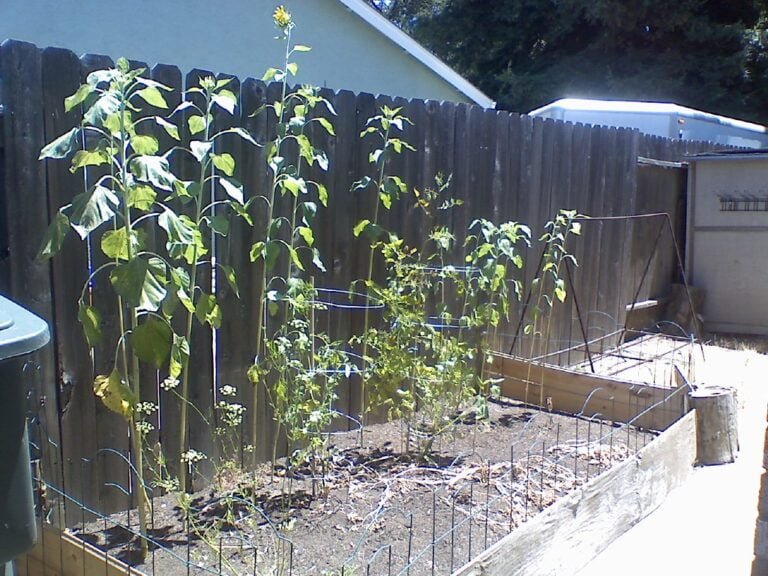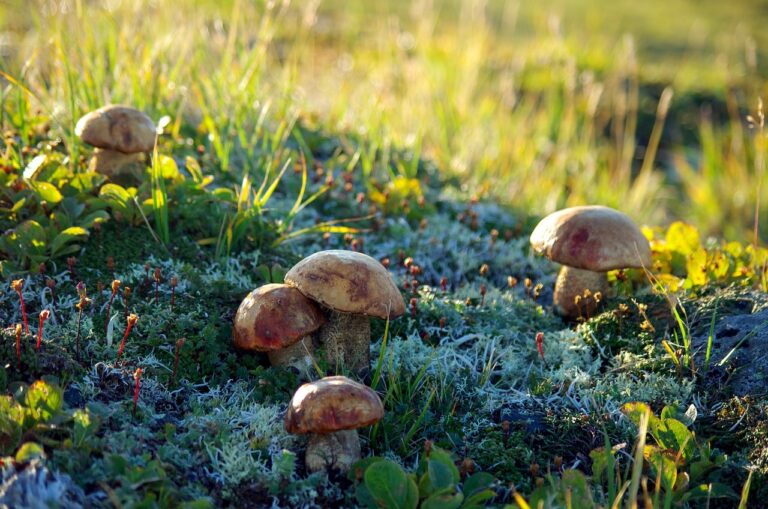Essential Tips for Seasonal Landscaping Maintenance and Upkeep
Get ready to keep your outdoor space in top shape throughout the year. From spring cleanup to winter prep, our expert tips cover everything you need for seasonal landscaping maintenance and upkeep. We'll guide you through essential tasks like soil testing, irrigation maintenance, pest control, and more. With our practical advice, you'll be able to maintain a healthy and vibrant landscape all year round.
Spring Cleanup
As spring approaches, you should begin planning and executing your seasonal landscaping cleanup to ensure your outdoor space is ready for the warmer months. Start by clearing away any debris that has accumulated over the winter, such as fallen branches, leaves, and other clutter. Next, assess your garden beds and remove any lingering dead plants or weeds. It's also a good time to prune shrubs and trees to encourage healthy growth. Consider aerating your lawn to promote better nutrient absorption and overall health. Don't forget to check your irrigation system for any damage and ensure it's in proper working condition. Lastly, freshen up your outdoor living spaces by power washing surfaces and cleaning furniture. By tackling these tasks, you'll be well-prepared to enjoy your outdoor oasis in the coming season.
Summer Lawn Care
To keep your lawn looking its best during the summer months, make sure to regularly mow and water it. Mowing regularly at the correct height will help your grass develop deep roots, making it more drought-resistant. Set your mower to a height of about 3 inches to provide shade to the soil and prevent weed growth. Water your lawn deeply but infrequently to encourage deep root growth. It's best to water in the early morning to reduce evaporation. Consider using a rain gauge to track how much water your lawn is receiving. Also, keep an eye out for signs of stress such as a bluish-gray tint, which indicates it's time to water. Following these tips will help maintain a healthy, lush lawn throughout the summer.
Fall Planting
Consider selecting and planting cold-tolerant shrubs and perennials to prepare your garden for the approaching fall season. Fall planting is crucial for ensuring a vibrant and healthy garden next spring. Look for plants such as hardy mums, asters, and ornamental grasses, which thrive in cooler temperatures. When planting, ensure the soil is well-drained and enriched with organic matter. Dig a hole twice as wide as the plant's root ball, and place the plant in the hole at the same depth it was in the container. Water thoroughly after planting to help the roots establish. Mulch around the plants to insulate the soil and protect the roots from frost. By taking these steps, you'll set the stage for a stunning garden come spring.
Winter Prep
Prepare your garden for winter by clearing away debris, trimming back plants, and protecting delicate shrubs and trees. Rake up fallen leaves and dead plants to prevent mold and disease from spreading. Cut back any perennials that have finished blooming to tidy up the garden and promote healthy growth in the spring. Protect delicate shrubs and trees from harsh winter conditions by wrapping them with burlap or using protective covers. Mulch around the base of plants to insulate the soil and protect roots from freezing temperatures. Drain and store garden hoses to prevent freezing and damage. Lastly, consider planting cold-hardy winter plants such as ornamental kale and evergreen shrubs to add color and interest to your winter garden.
Soil Testing
After completing winter prep, you should consider conducting a soil test to assess the nutrient levels and pH balance in your garden. Testing the soil can provide valuable insights into its composition, helping you determine the specific needs of your plants. You can obtain DIY soil testing kits from garden centers or contact a professional lab for a more comprehensive analysis. To conduct the test, collect soil samples from different areas of your garden, ensuring they represent the various plants and conditions. Follow the instructions provided with the testing kit or send the samples to the lab as directed. Once you receive the results, you can adjust the soil's pH and nutrient levels accordingly, ensuring optimal growing conditions for your plants. Regular soil testing is essential for maintaining a healthy and thriving garden.
Pruning Techniques
Once you have assessed the nutrient levels and pH balance of your soil, it's essential to master proper pruning techniques to encourage healthy growth and maintain the aesthetic appeal of your plants. Start by examining your plants for dead, damaged, or diseased branches. Using clean, sharp pruners, make angled cuts just above a bud or lateral branch to promote new growth. For shrubs and trees, focus on removing crossing or crowded branches to improve air circulation and sunlight penetration. Remember to step back occasionally to evaluate the overall shape and symmetry as you prune. Additionally, timing is crucial; prune flowering plants after they bloom, and prune fruit trees during their dormant season. Proper pruning not only enhances the visual appeal of your landscape, but it also contributes to the overall health and vitality of your plants.
Irrigation Maintenance
To maintain your landscape, regularly inspect and adjust the irrigation system for optimal water distribution to your plants. Start by checking for any leaks, clogs, or damaged sprinkler heads. Clean or replace clogged nozzles and ensure that all sprinkler heads are functioning correctly. Adjust the direction and range of the sprinklers to avoid watering sidewalks or driveways. Consider installing a rain sensor to prevent the system from running during wet weather. It's also essential to monitor the water pressure and make adjustments as needed to ensure even water distribution. Additionally, scheduling regular maintenance checks with a professional can help identify any issues early on and keep your irrigation system in top condition. Proper irrigation maintenance is crucial for the health and vitality of your landscape.
Pest Control
Regular monitoring and proactive pest control are essential for preserving the health and vitality of your landscape. Start by inspecting your plants regularly for signs of pest infestation, such as discoloration, wilting, or holes in the leaves. Introduce beneficial insects like ladybugs, lacewings, or predatory mites to naturally control pest populations. Utilize barriers such as row covers or netting to protect vulnerable plants from pests. Keep your garden clean and tidy, removing any debris or fallen fruit where pests can hide. Consider using organic pest control methods like neem oil, insecticidal soap, or diatomaceous earth to target specific pests while minimizing harm to beneficial insects. By implementing these proactive measures, you can effectively manage pest control in your landscape and maintain a healthy, thriving outdoor environment.
Fertilization Schedule
Inspect your landscape to determine the specific fertilization schedule needed to support the health and growth of your plants, building upon the proactive maintenance measures discussed in the previous section. Different plants have varying nutrient requirements, so it's essential to tailor the fertilization schedule accordingly. Typically, for most plants, fertilizing in the early spring as new growth appears, and again in late spring, provides a good foundation. During the summer, a lighter application can help sustain growth. As fall approaches, another round of fertilizer can aid in root development and prepare the plants for the winter. Always follow the instructions on the fertilizer packaging and avoid over-fertilization, as it can harm the plants. Regular fertilization will ensure that your plants receive the necessary nutrients for robust growth and overall health.
Mulching Tips
Once you have tailored the fertilization schedule according to your landscape's specific needs, you can now shift your focus to mulching tips, which play a crucial role in maintaining soil moisture and temperature control. When applying mulch, ensure it is spread evenly around trees, shrubs, and flower beds to a depth of 2-4 inches. Avoid piling mulch against the base of plants or trees, as this can lead to moisture-related issues and pest infestations. Additionally, be mindful of the type of mulch you use, as organic mulches like wood chips and shredded leaves decompose over time, enriching the soil. On the other hand, inorganic mulches like rocks or pebbles provide long-lasting weed control. Regularly inspect the mulch layer, and replenish it as needed to maintain optimal moisture levels and weed suppression.
Conclusion
Now that you have the essential tips for seasonal landscaping maintenance and upkeep, you can keep your outdoor space looking beautiful all year round. Remember to schedule regular soil testing and irrigation maintenance, as well as staying on top of pest control and fertilization. By following these tips, you'll ensure that your landscaping stays healthy and vibrant in every season. Good luck!






